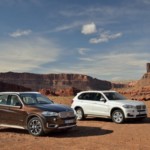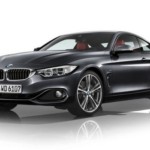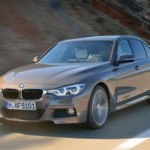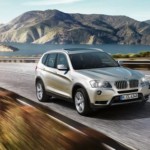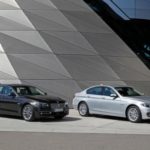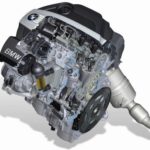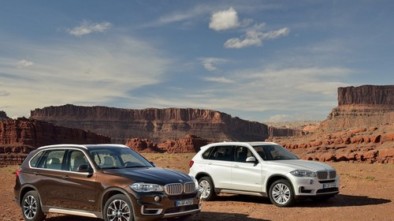Bmw 2500 1968 - 1977 - Model history
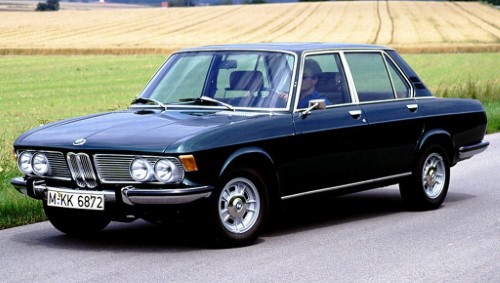
Bmw 2500
The predecessor of the 7 Series was a high-class luxury sports sedan, on the 'fun-to drive' principle, with performance (10,9 s, 195 km / h) respectable by today's standards.
BMW was a dream come true. In the late 1960s, the ‘law’ on our roads were the 2-door 1600 models with 85 hp and 2002 with 100 hp. Few could buy such, successful athletes and wealthy entrepreneurs. And arrived two classes larger, the status model Bmw 2500 (among them was the 4-door 1500/1800/2000, the predecessor of the Series 5), codenamed E3, better known as the 'New Six'. I remember, it was, in dark blue, the official car of the then militia (clearly, for high-ranking officials). It is for business purposes Mercedes-Benz yet it was untouchable, so they ‘sniffed’ Munich a great job in the luxury-sports sedan class. The design team, led by Wilhelm Hofmeister, due to the importance of ‘business’, collaborated with Bertone and Michelotti’s studios.
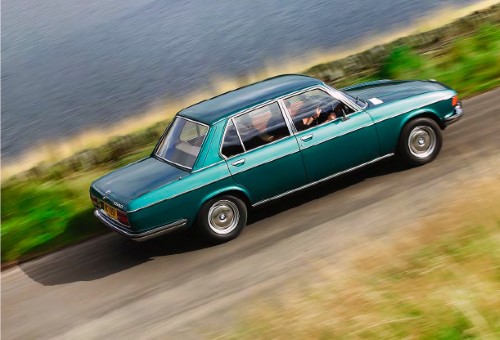
Bmw 2500
The elegant sports sedan, measuring 4700 x 1750 x 1450 mm and 2692 mm wheelbase, weighed 1295 kg, and the fuel tank could swallow 78 liters. It was powered by a longitudinally mounted in-line 6-cylinder intake petrol of the new M30 series, derived from the 4-cylinder M10, introduced in 1962 in the BMW 1500 (New Class). It was perfectly balanced, short-stroke (86 x 71,6 mm) and durable. With a gray iron block, a cross-flow head and a single camshaft in the head, driven by a double chain and a forged crankshaft, it was powered via two Zenith carburetors.

Bmw 2500
It fired 150 hp at 6000 / min, and released a maximum torque of 211 Nm at 3700 / min. The performance, then, was excellent. It accelerated to 100 km / h by 10,9 and was able to pull 195 km / h. More than that, the erotically exciting sound of the 6-cylinder and fast, school-precise shunting (klok-klok) was worth it. I remember, according to the speedometer, he gave the correct, 'male' schedule of the chase: the first 50, the second 100, the third 150, the fourth 200 km / h. It was then - a plane! Test drivers, journalists, and even first customers, were delighted. Although it did not have a power steering in the basic version, the steering wheel was lighter and more precise than in the 2000 model. The credit was due to the adjusted geometry of the steering mechanism, and due to the well-adjusted independent suspension front and rear, it was a pleasure to drive.

Bmw 2500
It may have been a little too hard (most preferred!), But with Michelin XAS 195 HR 14 tires (Michelin then had three shock series: X, ZX and asymmetric XAS) it provided excellent stability (ordinary cars then had 145-width tires, 155 or 165 mm on 12 or 13 inch rims). The discs were front and rear, 272 mm in diameter. The interior, in terms of the time, was sporty-luxurious, with a large round speedometer engraved up to 220 km / h and a tachometer. Comfort was at a high level of front and rear. Attractive style, decent spaciousness and sporty performance were also interesting to American customers, and in 1971 successful sales began 'across the pond'.
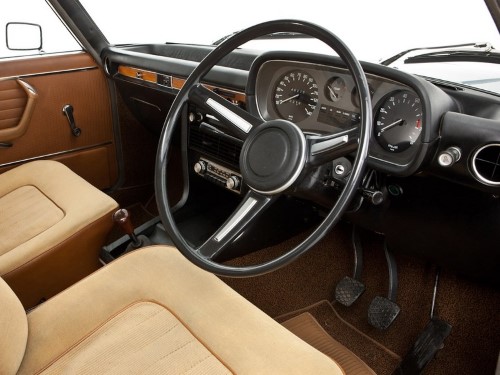
Bmw 2500
Two months after the Bmw 2500, the 2800 model arrived on the market, developing 170 hp. He could pull a round 200 km / h and catch a hundred in 9,8 s. Shortly after the promotion, it became clear that the Bavarian experts had scored a full hit, but the fact that ‘New Six’ was virtually unrivaled at the time also contributed to this. Wealthy customers were looking for more, so in 1971 the 3.0S model was introduced, with an engine of 2966 cc and 180 hp, and a year later came the 3.0Si with electric fuel injection D-Jetronic (later L-Jetronic) with 200 hp. Most models were equipped with an excellent four-speed manual transmission, and a three-speed automatic was also available.
Subsequently, an extended 5-meter version of the 3.3Li arrived, with a 3188 cc engine and 197 hp. It was mainly sold on the American market, with the Bavaria label, and optionally with a 2.8 electric injection engine. Little is known that the English factory Langley Motors, to order, produced a caravan version. From 1968 to 1977, a total of 138.559 copies of the 2500, 2800, 3.0 S, 3.0 Si and 3.3 L models were made, plus 71.804 Bavaria for the American market.
Author: Zeljko Marusic
Retrieved from: autoportal.hr
Recommendation of similar texts:

Hi there, I am Mladen and I am an auto enthusiast. I started this blog years ago to help like minded people share information about latest cars, car servicing ideas, used car info, exotic cars, and auto technology. You will find helpful articles and videos on a wide variety of cars - Audi, Mercedes, Toyota, Porsche, Volvo, BMW and much more. Ping us if you have anything cool to share on latest cars or on how to make older cars more efficient, or just want to say hi!

